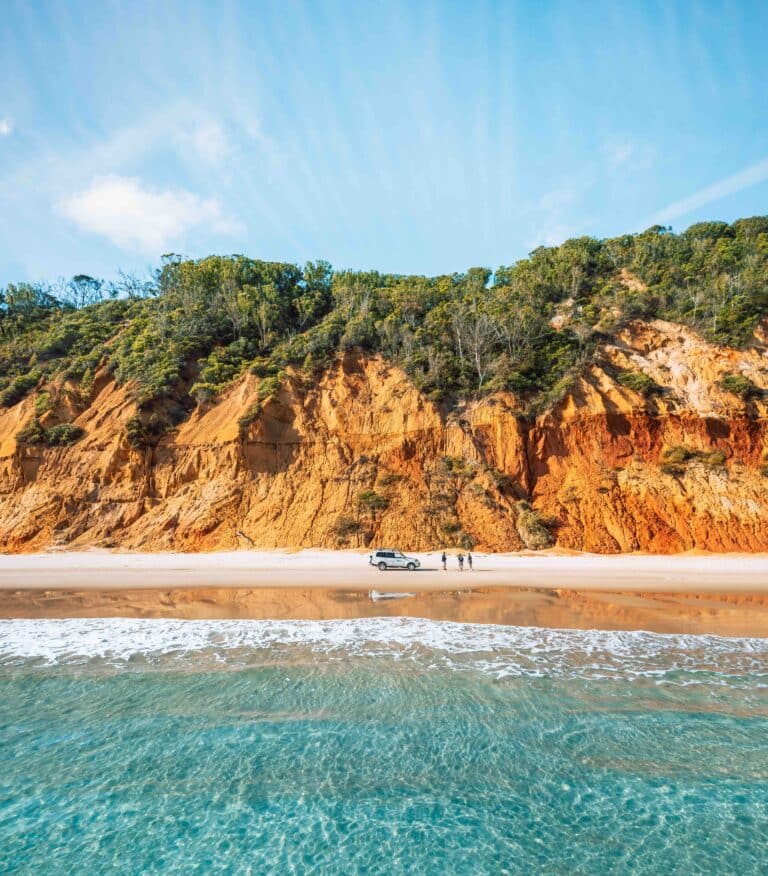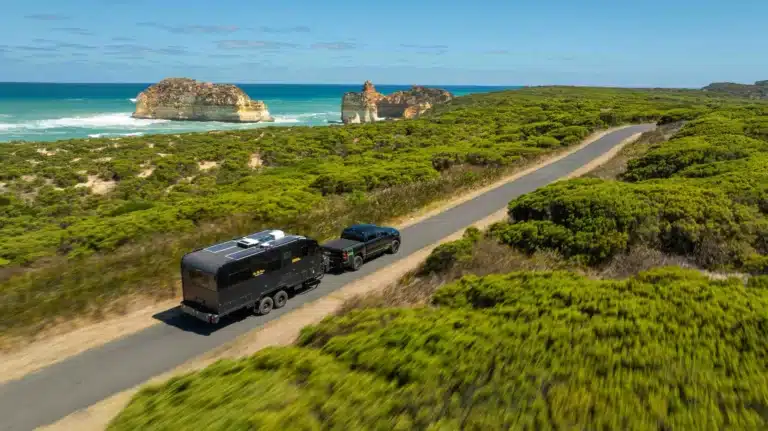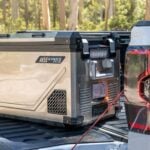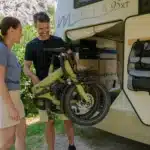
It takes more than just a lick of checker plate to make a caravan an off-roader. Here’s what to look for when buying an off-road caravan.
Adequate warranty
When trying to assess if a caravan is a capable off-roader, there are clues in the warranty paperwork. Does the van have warranty exemptions for off-road use? If the manufacturer isn’t confident in the caravan’s off-road capability, neither should you be.
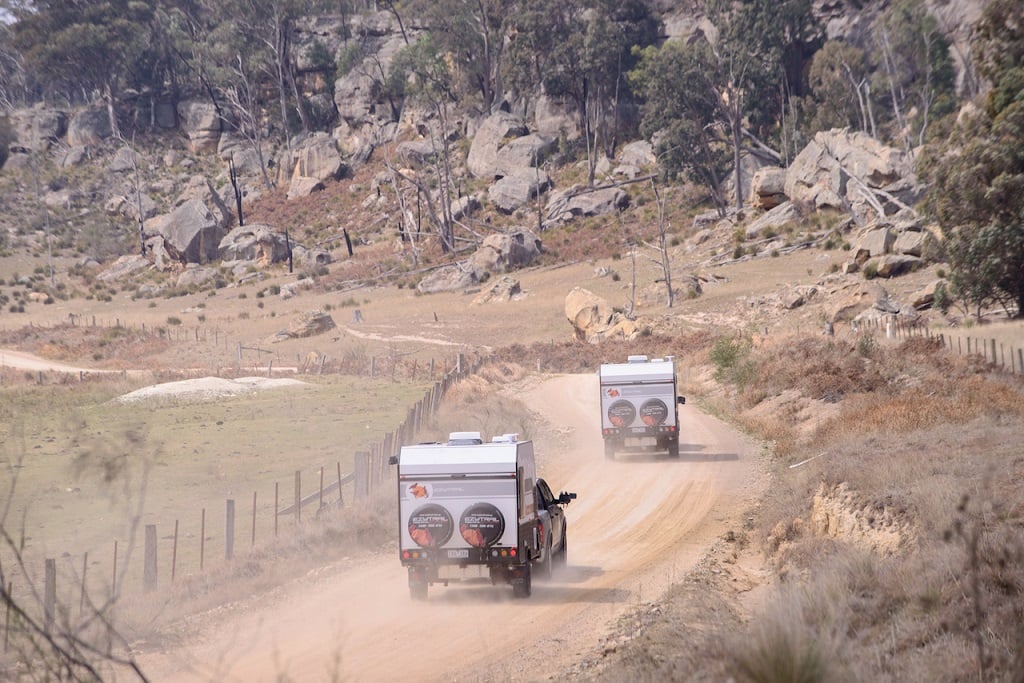
Off-road vs ‘semi off-road’
The first thing to do is screen the salesperson to assess if the caravan is really designed for off-road use. Sometimes, the term has been applied loosely as a marketing strategy. Ask what type of terrain it can handle. If they answer something like ‘graded gravel tracks’, chances are the van isn’t up for much more than easy dirt roads.
If, realistically, that’s all you plan to do, fine. But if you want to tow it across more challenging terrain, this should be a red flag. So to cut a long story short, make sure the caravan you buy is actually suited to go off-road if that’s what you need it to do.
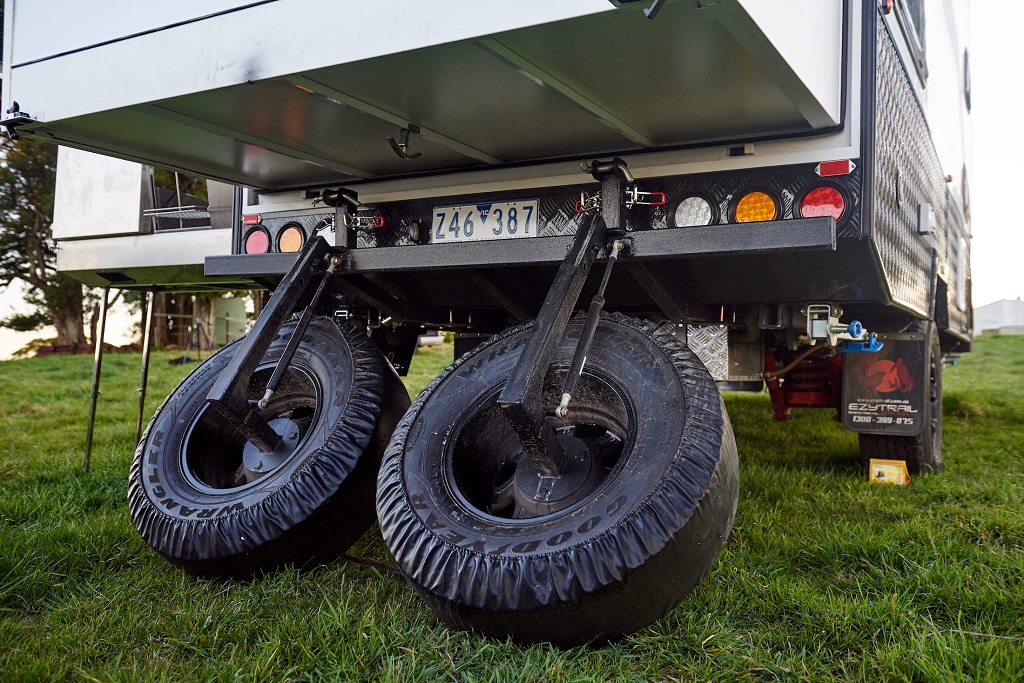
Weight vs strength
Buying an off-road caravan is all about striking a balance between strength and weight. It needs to be well-constructed for off-road conditions, which means heavy-duty componentry. But when it comes to towing off-road, lighter is better.
Look for manufacturers that strive to get this balance right by using heavy-duty material where it counts (chassis/frame and drawbar). Likewise, they should use weight-saving material wherever possible (walls, floor and cabinetry). Clever design can also shave off kilograms, so look for manufacturers that strive to reduce weight wherever possible without sacrificing strength.

Weight vs comfort
Further to the previous point, the more luxurious extras on a caravan, the bigger and heavier it will be. As a result, the more poorly it will handle off-road conditions. Sure, it’s nice to have a bathroom bigger than some domestic ensuites with a full-size washing machine and storage for half of Myer’s makeup department, but you’ll pay for that in weight and, therefore, off-road performance. Buying an off-road caravan is all about deciding what your non-negotiables are when it comes to comfort.

ATM weight and your tow vehicle
This discussion of weight naturally leads to the next point: your tow vehicle. If your vehicle has a 3,000kg towing limit and your caravan is hitting that limit once you’ve filled up your water tanks and loaded in your gear, I’m sorry to say it probably won’t tow your van very well in the rough and tumble where ample power, often low-down grunt, is vital.
However, if you drive a Yank tank with a four or five-tonne towing capacity, that same van could be perfectly fine off-road. Be realistic; don’t buy a caravan that’s heavier than your towing vehicle can handle off-road. Always look for a caravan with plenty of payload (ATM weight minus the Tare weight), as a true off-roader will allow you to carry plenty of water, gear and spares for self-sufficient off-road touring.
Stronger chassis and drawbar
An off-road caravan should have a visibly larger and stronger chassis and drawbar than its on-road counterparts, with A-frame members running the length of the van. It should be constructed from high-quality steel and hot-dip galvanised for long-term protection and durability. The chassis and drawbar should be protected under warranty for off-road use.
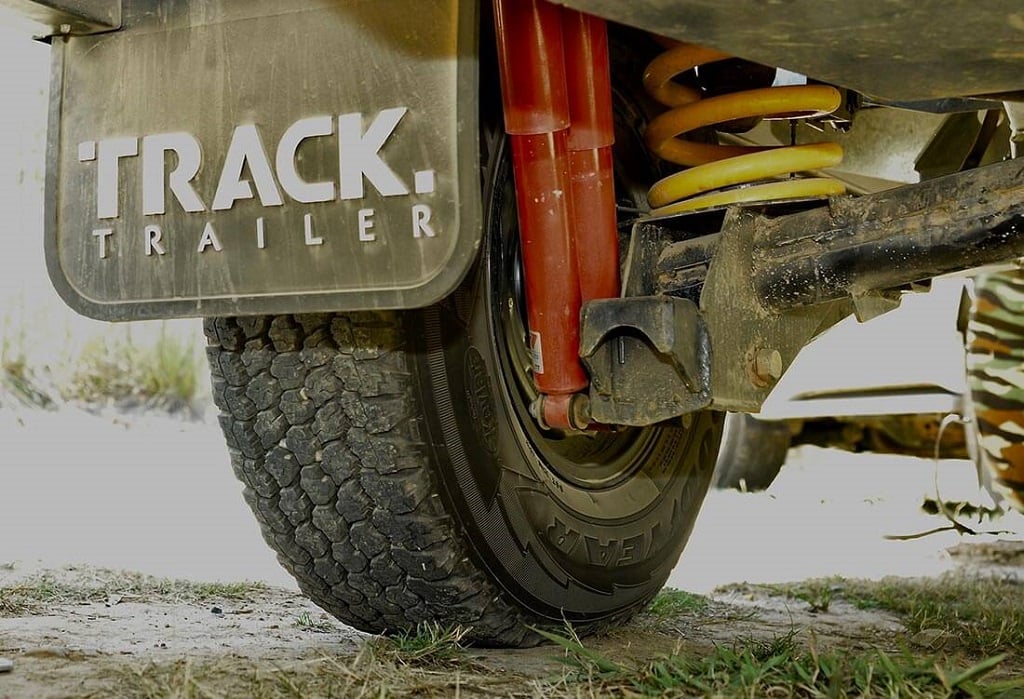
Off-road suspension
It stands to reason an off-road caravan should have an off-road suspension system to enable the van to easily traverse rough, uneven tracks. Independent suspension with coil springs and shock absorbers will make for a more comfortable off-road touring experience.
All-Terrain tyres
An off-road caravan will have larger tyres than its on-road counterpart – preferably with Light Truck (LT) tyres at a minimum to minimise the puncture risk. All-terrain tyres are ideal when buying an off-road caravan. Unless you know the ground will be soft going where you’re going, mud-terrain tyres might be overkill and add to the van’s overall weight and your tow vehicle’s fuel use.
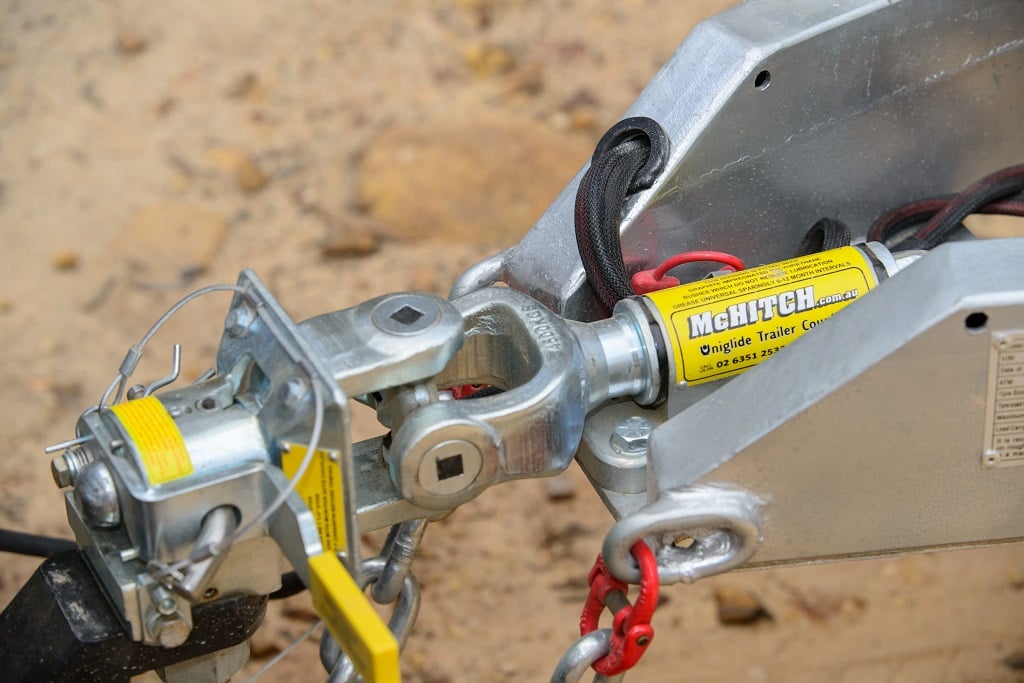
Off-road coupling
An off-road caravan needs more than just a standard 50mm ball coupling, which will not allow for articulation off-road. Quality off-road couplings should have 360-degree rotation and are engineered to endure greater stress. Most good off-road hitches offer a positive locking engagement to make sure you’re securely hooked-up and stay that way.
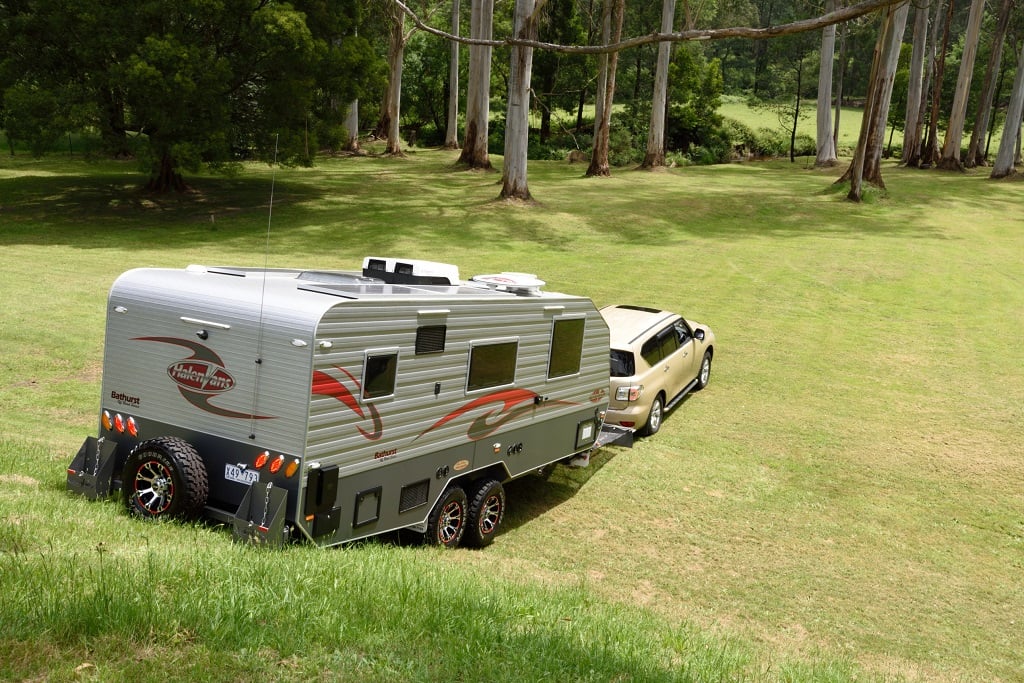
External dimensions and departure angles
A caravan is only as off-road as its dimensions will allow. Caravans that are very tall, wide and/or long will have trouble on tighter bush tracks with trees close to the track’s edge and branches hanging overhead. Compact caravans are the better choice for off-road touring.
Additionally, an off-road caravan should taper at an obtuse angle at the rear to prevent it from ‘bottoming out’ as easily on rough tracks. This is known as the ‘departure angle’. Plus, if your van is large and heavy for touring, you may end up using a weight-distribution hitch (WDH) and these will need to be removed for off-road use.
Read next:




